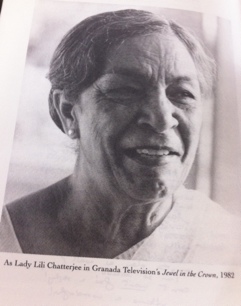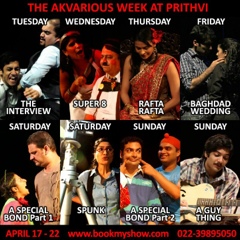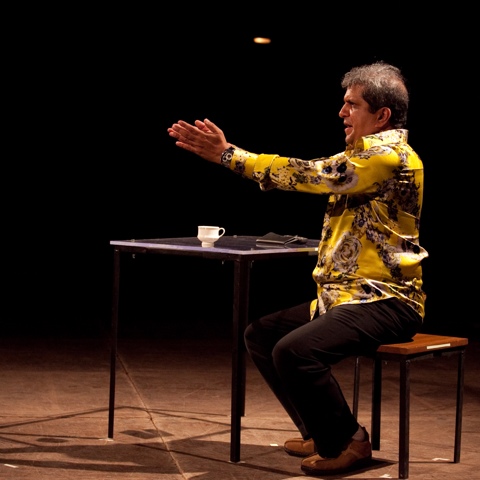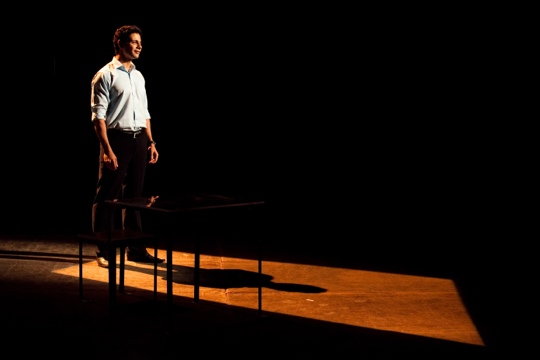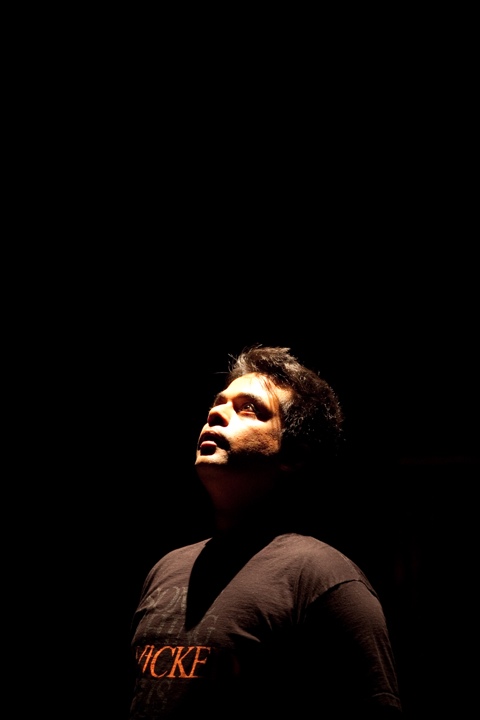This review was first published on www.mumbaitheatreguide.com

Yashwant Singh and Salone Mehta in crack.
The tagline for The Artistes Studio Production’s latest play ‘crack.’ is ‘Two lives. Two addictions. One end.’ The two lives in question are of Jai, a filmmaker, and Zoya, an actress who is also Jai’s live-in partner of eleven years, and the two addictions are what plague numerous urban, middle-aged couples – alcohol and loneliness. The end essentially involves a mixture of all of the above ingredients, which results not so much in a ‘boom’ but a ‘pop’.
In short, the play looks at the lives of Jai and Zoya, who are well beyond the seven-year itch phase of their relationship and they don’t look like they’ve made it through very well. They’re together only because Jai is a “rock solid trunk” on which Zoya likes to grow like a “creeper”. Padding up the protagonists are neighbours from the housing society where they live and sundry filmwalas. The neighbours gather more than often for society meetings to discuss the damage a new construction is causing to their own building while the filmi types land at Jai’s doorstep hoping to work with the director who had won an award for his work in the distant past. A significant advantage of the hopefuls who seek work with Jai is that those cast opposite Zoya become easy targets for her, as she admittedly metamorphoses into Mrs Robinson (a la Anne Bancroft from the film The Graduate!). The banter between the buildingwalas is supposed to make one feel concern for what will happen if the building collapses because of the construction activity. But it doesn’t. The tension between Jai and Zoya and their attempts to make it work somehow is supposed to make you feel worried for both or either of them. But it doesn’t.
A major plus point of the play is the individual’s performance. Every cast member works to build their bit into the play and that gives the play some weight. Yashwant Singh (plays Jai, has also directed the play) makes the brooding director look good and Salone Mehta (plays Zoya, has also written the play) often breaks into a breezy ditty to liven up the stage. Supporting actors ― Conan Pereira (Vir), Gillian Pinto (Sheila), Kiran Patil (Peter) and Kriti Tewaree (Neighbour) ― are particularly noteworthy for their contribution on stage.
The biggest drawback for the play is that it lacks depth. There are some interesting, urban, relatable themes that the production ably sets out to explore. Unfortunately, the campaign fizzles out before it can take shape and as it fizzles the story starts to steadily lose its originality, becoming predictable. It’s not that the play is lacking sincerity (one certainly can’t accuse the group on that front) but the meat is missing. The characters could have been developed some more so we wouldn’t be left asking so many questions as the play came to a close.
The Artistes Studio Production’s last play, Crystal Anniversary, also suffered from a similar problem. It had sincere actors, an interesting theme but not enough time/information given to the audience to get to know the characters better. This play, crack., has only had an opening run of a couple of shows. Hopefully, with some honest feedback the play will be able to offer its audience more than their money’s worth.




